Don’t Be a Chump: The 5 Biggest Tech Rip-Offs to Avoid
The last time I bought a new smartphone, I went to the store thinking I’d spend a little more than $200. I left having spent close to $300 to get a phone with more storage and a case.
It wasn’t until I got home that I realized I had thrown away close to $75 when I didn’t have to. And just like that I fell victim to one of the tech industry’s biggest rip-offs.
Yes, I may be a tech reporter, but I’m not immune to falling for the scams. It can happen to anyone.
Fortunately, the best way to avoid getting ripped off is to know when it will happen. So to help you avoid needlessly throwing away your cash, we’ve put together this list of the biggest tech rip-offs.
Shop with care.
Read More: Use iPhone’s Secret Scientific Calculator
Overpriced HDMI cables
The most well-known and egregious example of tech companies trying to separate you from your money comes in the form of the humble HDMI cable.
Walk into any big box retailer to buy a new TV and chances are the sales person will try to sell you on a high-capacity, gold-plated, 4K-compatible HDMI.
Well, that’s all a bunch of crap.
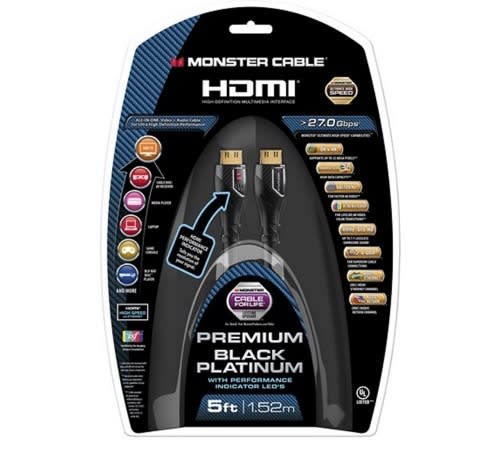
The truth is, there is no difference between a $100 HDMI cable and a $10 HDMI cable. The only thing you need to know when buying an HDMI cable is that it says “high speed” on the box. That means it can output images with resolutions of 1080p and higher. Yep, that’s it.
Even if you buy a brand-new 4K TV, you can still use your old high speed HDMI cable without issue.
And don’t let anyone ever try to tell you that you need specially insulated HDMI cables to protect them from interference from other electronic devices. HDMI cables don’t suffer from quality degradation. They either send a perfect picture to your TV or don’t — there’s no in between.
Being overcharged for phone storage
We’ve previously covered this topic, but it bears repeating: The profit margin on a smartphone with 32 GB of storage versus one with 16 GB of storage is ludicrous.
The price difference between a 16 GB iPhone 6s and a 128 GB iPhone 6s to you is a whopping $200. But the difference in manufacturing costs to Apple is just $53.
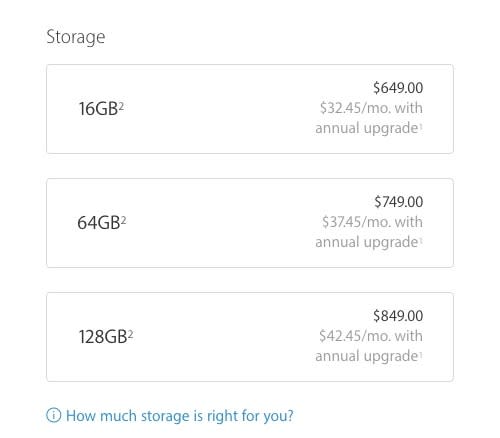
How can you keep from being gouged? Well, you could opt for a 16GB iPhone 6s and rely on the cloud for all of your storage needs or go with a 64GB model and lean on the cloud a bit less.
If you’re an Android or Windows Phone fan, you can get around this entire problem by opting for a handset with a removable microSD storage card. That way you can up your storage capacity on your own terms.
Productivity tablets without keyboards
Microsoft’s Surface Pro 4 and Apple’s iPad Pro are both tablets designed with productivity in mind. So why is it that you need to pay an extra $130 for Microsoft’s Surface Pro 4 Type Cover keyboard and $170 for Apple’s Smart Keyboard?
For what it’s worth, Apple doesn’t prominently feature the Smart Keyboard on the iPad Pro site. Microsoft, however, shows the Surface Pro 4 with the keyboard attached to it more often than not. That feels just a tad misleading.
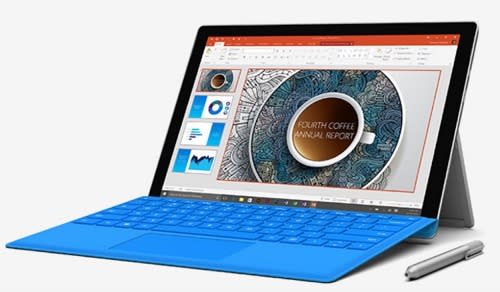
Microsoft puts a small asterisk next to the $900 starting price on its website that points to a disclaimer at the bottom of the page admitting that the keyboard is sold separately.
If you want to save some cash on one of these keyboards, there are a handful of less expensive third-party keyboard covers for the Surface Pro 4 and the iPad Pro. If you really want to save a buck, you could always just pair a regular Bluetooth keyboard with either slate.
‘Starting’ prices
While I’ve got my old man hat on, let’s talk about starting prices. Going back to the Surface Pro 4 and iPad Pro example, Microsoft and Apple say their tablets start at $900 and $800, respectively. But (as noted) those prices don’t include keyboards, and in Apple’s case it doesn’t include the company’s $100 stylus.
To get a Surface Pro 4 with the keyboard, you’ll actually shell out $1,030. The iPad Pro with Apple’s keyboard and stylus will cost you $1,070.
Furthermore, the base-model $900 Surface Pro 4 also comes with a relatively low powered Intel M processor, which will have trouble doing things like running multiple programs or doing serious photo and video editing.
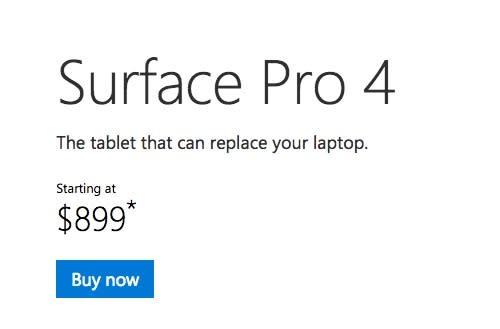
If you want a Surface Pro 4 with performance equal to a real laptop, you’ll have to jump up to the Core i5 model — which means you’ll have to pony up an extra $100. That brings the total up to $1,130, which is a pretty big jump from $900.
Apple, meanwhile, sells its base iPad Pro with just 32 GB of storage space — not much for a productivity tablet. That means you’ll have to either rely on iCloud for your storage needs or jump up to the 128 GB iPad Pro for $950; throw in a keyboard case and stylus, and you’re looking at a total cost of $1,220.
I don’t mean to pick on Microsoft or Apple; pretty much all tech companies play the base-price game. But that doesn’t make it feel any less like a rip-off and a disservice to consumers.
First-party peripherals
The keyboards for the iPad Pro and Surface Pro 4 are also examples of a wider problem: If you need a replacement mouse, keyboard, or cable for a computer, television, or smartphone, you don’t need to buy them from the same company that made your laptop or tablet.
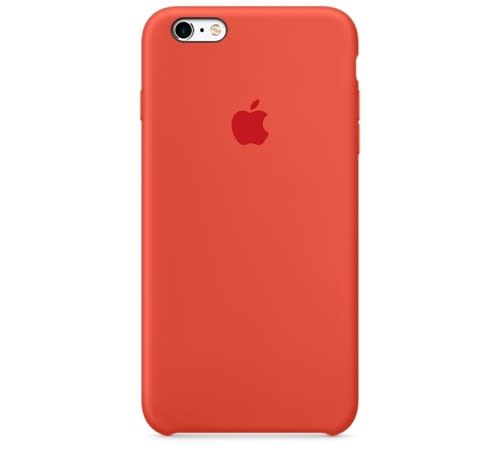
First-party peripherals are usually no better than those made by third-party companies, but are generally more expensive.
Take Apple’s $35 silicon iPhone 6s case. Go to Amazon, and you can spend $10 on an iPhone case that protects your handset just as well as Apple’s. The same can be said of your computer mouse, keyboard, or charging cables.
Curved TVs
We’re fresh off of another Consumer Electronics Show, where once again TV manufacturers were pushing the wonders of curved screen televisions. But despite claims from companies that such curved displays make for a better viewing experience, the truth is that it’s all a bunch of bunk.
The idea behind curved TVs is that they simulate the curved display you find in movie theaters. But theater screens are curved for a reason: Projectors in theaters send light out from a central location, usually lined up with the middle of the projection screen.
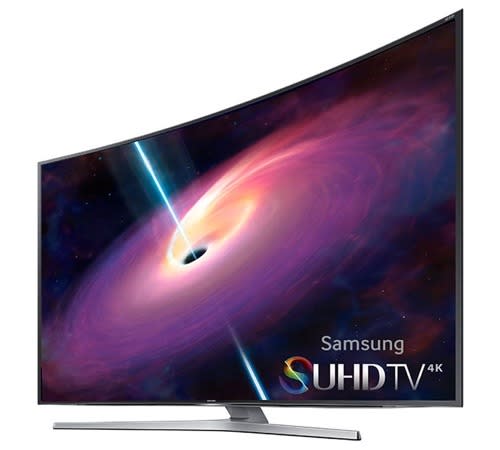
That means the sides of the theater’s screen are further away from the projector than the screen’s center point. That discrepancy can cause visual distortions at the edge of the image.
Home TVs don’t have the same projection problem as movie theater screens, and so curved screens serve no real purpose. In fact, the curved screen can make watching TV more difficult, as it limits the field of view for people sitting to the far left or right of the television.
Instead of wasting your money on a curved TV, just buy a regular flat-screen TV.
Email Daniel at dhowley@yahoo-inc.com; follow him on Twitter at @DanielHowley or on Google+.

